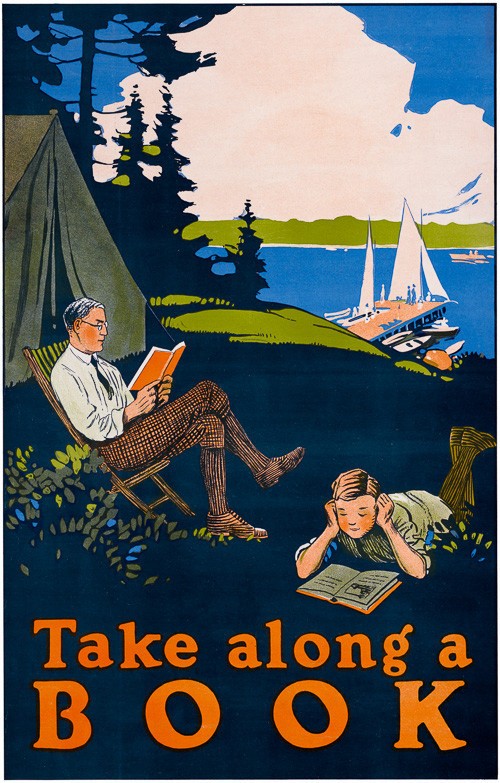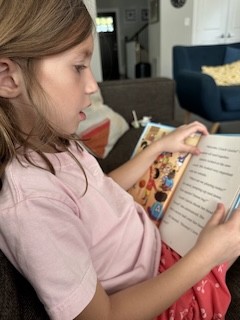Blast from the Past: This entry was first published September 28, 2019 and was re-issued on October 17, 2020. As a young man, I set out to improve my vocabulary since I knew it would improve my chances of getting into graduate school. Over a period of about a year, I learned about 400 new words (all recorded on index cards for practice). This was not a research study, I really needed to master these words. My personal impression: I couldn't believe how much my reading and listening comprehension improved during that period; things that I "kind of" understood previously were really understood with that richer lexicon. Teach word meaning well, along with other aspects of vocabulary.
Teacher question:
What’s the best way to teach and have students master vocabulary?
Shanahan response:
My original reaction to this question was not exactly what I’d label a model of helpfulness.
The question was asked by someone new to my blog and I started to send him a note telling him I’d written about that several times already and if he searched my website, he’d find an answer to his question.
But I had second thoughts and decided to be a bit more accommodating. I still didn’t intend to write a blog entry. I figured it would be generous to identify some specific links from the site, so he wouldn’t have to search it himself.
I was surprised when I was unable to find much of an answer to this very reasonable pedagogical question. I’ve written about vocabulary a bit and have linked some vocabulary resources on my site. But there is no clear statement of what works in vocabulary teaching. Let’s remedy that now.
First some preliminaries.
I’ve learned over the years that all words are not equal.
For instance, some words are more useful than others. Knowing the meaning of “obloquy” likely pays off less often than knowing “shame.”
Readers need to know the words that authors use. You only have so much time, be sure to invest it in teaching words that will open the most doors to understanding for your students.
Another implication is that some words are learned more easily than others. I’ve taught myself to read French, a language I do not speak (though these days I’m even trying that). With some unknown words, looking them up in the dictionary seems sufficient to make them my words ever. But there are also slippery words that I’ve looked up dozens of times with success.
Teachers need to recognize—and be patient—with this great unevenness—not just across kids, but in each student’s experience.
A second preliminary is the distinction between vocabulary and concept. Vocabulary refers to the labels that we associate with particular concepts or ideas, while the concepts are those ideas that the words refer to.
A word like “shimmer” will be easily learned by kids who have seen light waver, but more effort will be required for those who do not. If it is a lack of vocabulary, much of this work can be done verbally, but if it is a lack of concept, then words alone probably won’t be enough.
A final preliminary thought is that much vocabulary is learned without formal teaching. We gain words from conversation, observation, television/media use, reading, and so on. We learn so many words like that that some scholars have scoffed at the value of explicit teaching. Nevertheless, research shows that teaching vocabulary can measurably improve reading comprehension—if we teach the right words well enough.
Effective vocabulary teaching has some key principles.
1. Focus on rich meanings, not just dictionary definitions.
Too often vocabulary instruction is no more than kids copying definitions from the dictionary. But researchers have identified a number of instructional approaches that outdo any learning that may accrue from copying definitions.
One of those key principles is that students work with more extensive or complex definitions or explanations of word meanings. Encourage the encyclopedia explanation over the dictionary meanings.
When I teach vocabulary, I often have the kids engage in trying to provide several different versions of a word’s definition.
- Dictionary definition
- Synonyms for the word
- Antonyms (if there are any)
- Part of speech
- Classification (what semantic group does it belong to, like tools or ways of talking)
- Comparison (it is like____, but different because______)
- Real-life examples
- Graphic version (drawings, pictures, representations)
- Acting it out
By the time you’ve come up with nine different explanations of a word you are more likely to remember it (and, of course, we can do more than just these nine if we want to get into analogies, part-whole relationships, and the like).
2. Emphasize the connections among words.
Many vocabulary programs introduce words by category, such as focusing on words from health and medicine or about transportation, including some that have research showing that they can be effective. However, direct research specifically on this aspect of teaching, suggest that word learning goes slower and without evident later advantage from the extra work that mastering these words entails needed to master these sets of words.
And, yet, evidence reveals that the lexicons in our heads are organized in various networks, not like dictionaries. When you remember a word, you draw from memory a plethora of related ideas—attributes, functions, and synonyms related to that word.
Start thinking diesel trucks and words like wheel, tire, dump truck, gasoline, and highway will not be far behind.
There are circumstances in which it is necessary to simultaneously introduce collections of closely related words that may require fine or subtle distinctions, such as when kids are learning about the structure of cells or atoms. I’ll give that a pass, since such introductions are likely to be accompanied by a much deeper dive into the underlying concepts in such cases.
I also think it is quite reasonable when teaching words to get kids thinking about words about that concept that they may already have mastered. Linking a new word to a concept, is very different than trying to learn and link a whole collection of words.
I would avoid introducing together plethora, dearth, scarcity, cornucopia, shortage, plenty, sufficient, abundant, and liberal as some programs do. Collect such words over time as they are learned and then later you can have kids comparing the ideas or fitting them into continuum or network.
One teacher I know has her students classifying the vocabulary each week in bulletin board folders, and when a folder accumulates several related words, they revisit them as a set.
3. Promote usage of the words.
It is not enough that kids study word meanings, but they have to learn to use these words in their reading, writing, speaking, and listening. Instruction should create opportunities for kids to use words in all of these ways.
For instance, that rich vocabulary assignment that was described earlier can be done by groups of kids working together to come up with those multiple definitions. That kind of cooperation requires that kids talk with each other about the words. Additionally, I often assign small numbers of words to each group and then have them get together to teach each other the words that their groups studied… more speaking and listening.
One might reward kids for using the studied vocabulary in their writing—or that can be required in various ways.
Isabel Beck and Moddy McKeown came up with the idea of “word wizards,” which gave kids extra points in vocabulary if they could bring in evidence that they had confronted or used the words of interest. Kids get very turned on if they run across some of the vocabulary when watching television or playing their favorite computer game.
4. Review is important.
It can be hard to retain vocabulary if you don’t get a lot of opportunity to use it. We may teach vocabulary because certain words were prominent in the texts, we were reading this week, but then kids might not see them for a long time.
There are many ways to deal with vocabulary, such as having one day a week when you only work with words that have been taught (and supposedly learned) in the past—or perhaps entire weeks might be devoted to this throughout the year.
I’m a fan of including words from past weeks on vocabulary quizzes and for the use of vocabulary notebooks to help punch up kids’ writing during revision.
Another way of ensuring the words stick, is to see how many additional words students can construct morphologically, adding prefixes or suffixes or altering parts of speech and so on. I’ve written about some of the important work being done on morphology by Peter and Jeffrey Bowers before (and you can search for that on my site or on Google).
5. Involve students in identifying some of the words to be studied.
I noted earlier that much vocabulary learning is incidental and, therefore, largely out of the province of schools. However, not all kids are equally good at such learning and even for those who it is easier, it can still be a tough slog requiring many experiences with a word to get it to stick.
One thing that we can do to help develop a “word consciousness” among our students is to involve them in identifying unknown words from their own reading—and to include these in your classroom curriculum. When readers get used to noticing their lack of knowledge of particular words, they will be more likely to try to resolve those gaps when reading. Kids will also be more motivated if they have some say so over the curriculum as well.







Comments
See what others have to say about this topic.